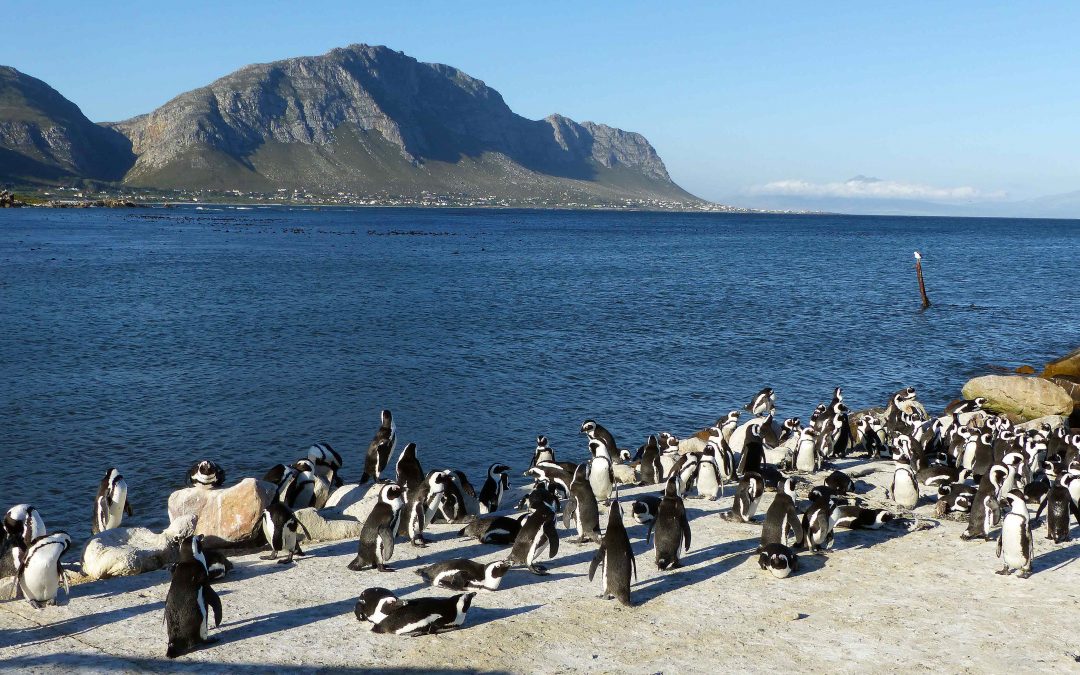
by Zoë Poulsen - Cape Town Botanist | Jan 27, 2018 | Botanic Gardens, Cape Floristic Region, Conservation, Ecology, Ecotourism, Forest, Fynbos, Orchids, Overberg, Plant Profiles, Responsible Tourism, Travel
It is that wonderful time again, when the intense red orchid Disa uniflora (Red Disa or Pride of Table Mountain) come into bloom. There is no South African flower that shouts ‘summer’ to me more than this. They grow on stream banks, next to waterfalls and on wet shady precipitous cliffs from the Cape Peninsula eastwards to Bredasdorp in the Overberg and northwards to the Cederberg. The genus is named after Queen Disa, a character from Swedish mythology who according to legend presented herself to the King of Sveas wearing only a fishing net.
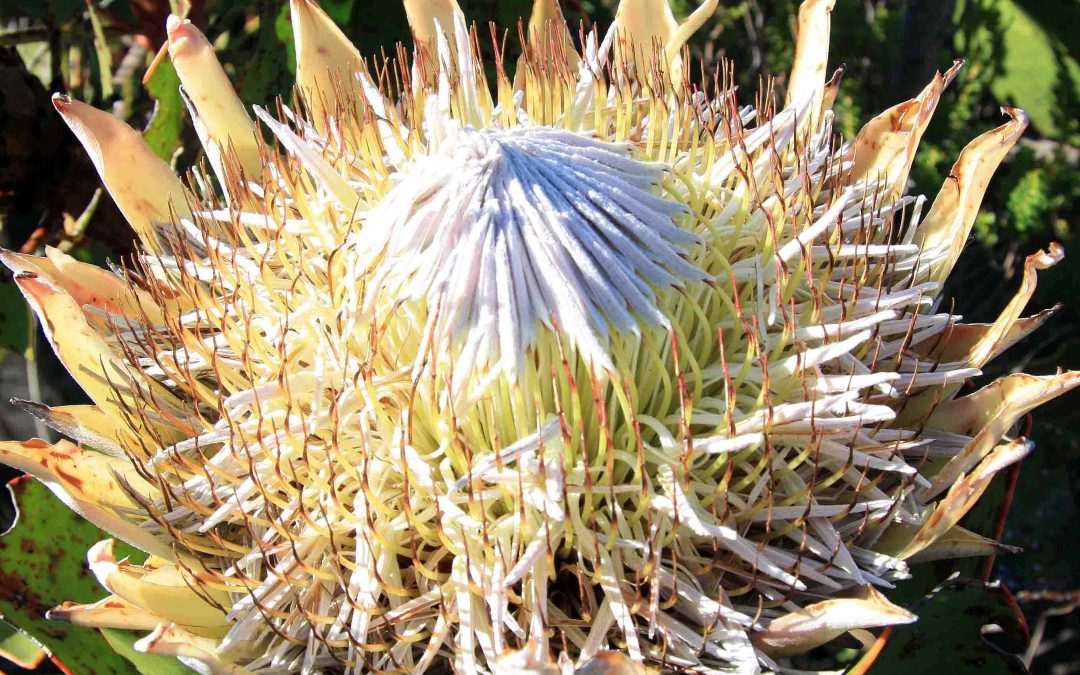
by Zoë Poulsen - Cape Town Botanist | Jan 10, 2018 | Botanic Gardens, Cape Flats Sand Fynbos, Cape Floristic Region, Cape Peninsula, Cederberg, Conservation, Ecology, Endangered Species, Ethnobotany, Fynbos, Hiking, Landscape History, Mountains, Plant Profiles, Pollination, Proteaceae, Proteas, Renosterveld
The genus Protea is one of the most well-known and charismatic of the Cape Floristic Region’s (CFR) Fynbos Biome. The King Protea (Protea cynaroides) is South Africa’s national flower. Proteas are exported as cut flowers all over the world, prized for their beauty, diversity and longevity. They are often depicted in artwork and are popular garden plants. Members of the genus are also known as sugarbushes.
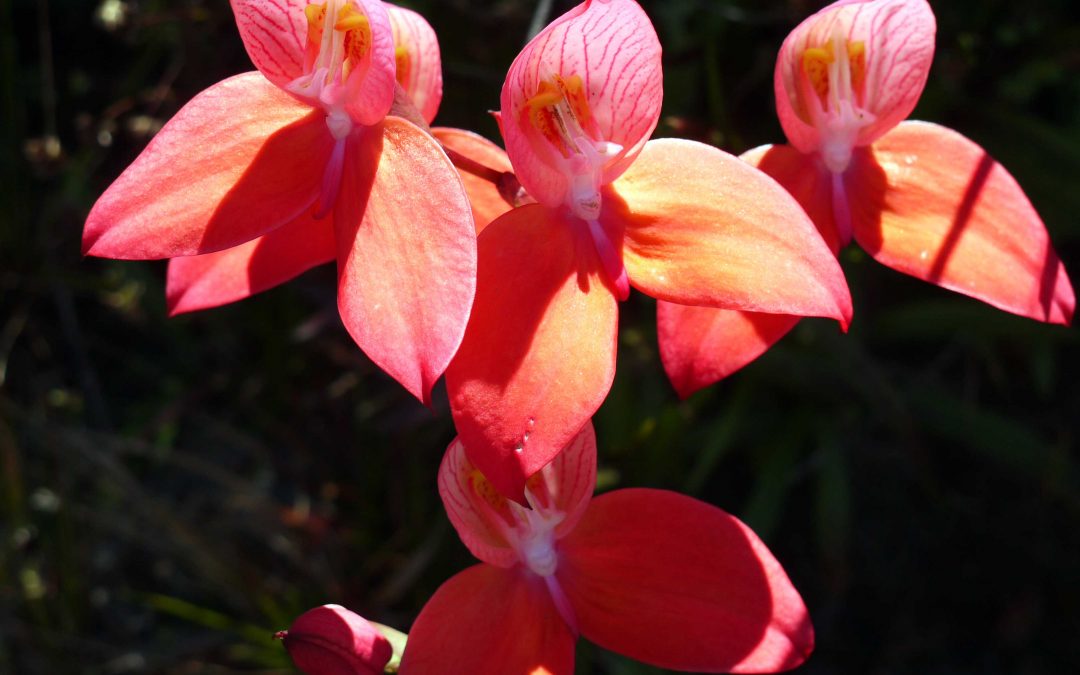
by Zoë Poulsen - Cape Town Botanist | Feb 5, 2017 | Cape Floristic Region, Cape Peninsula, Conservation, Ecology, Fynbos, Hiking, Landscape History, Mountains, Orchids, Plant Profiles, Table Mountain
I grew up a winter baby, born in February in the northern hemisphere. Childhood birthdays were days for hot chocolate, tobogganing in the snow and soggy visits to the zoo watched by various bemused creatures hiding from the horizontal Westcountry rain. Six years ago I moved to Cape Town and suddenly the seasons were ‘back to front’ and my birthday moved to mid-summer and the hottest time of the year. It also now coincides with the flowering of one of the Cape Floristic Region’s most spectacular orchids – The Pride of Table Mountain or Red Disa (Disa uniflora).
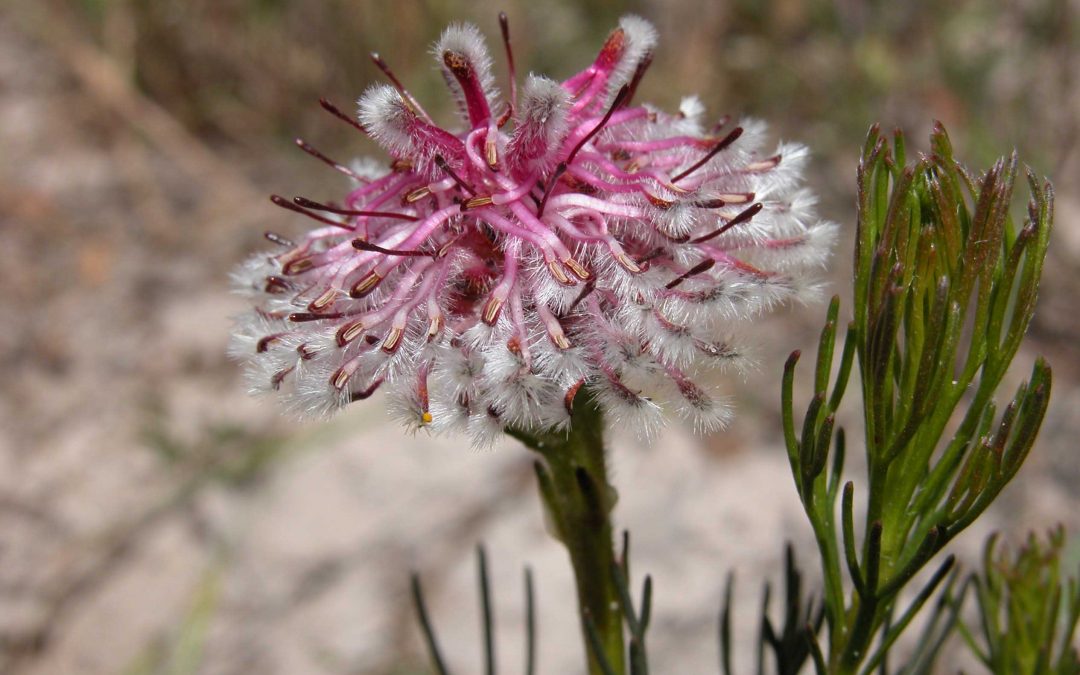
by Zoë Poulsen - Cape Town Botanist | Nov 5, 2016 | Botanic Gardens, Cape Flats Sand Fynbos, Cape Floristic Region, Cape Peninsula, Conservation, Ecology, Endangered Species, Fynbos, Kirstenbosch, Plant Profiles
Have you ever wondered what it would be like to be the last in the world of your kind? There are many species who have experienced this fate in the hands of people. The most famous of these is Lonesome George, a giant tortoise of the Pinta subspecies from the Galapagos Islands. Despite the best efforts of conservationists, when Lonesome George died in 2012 at the age of approximately 102, the Pinta Island subspecies of giant tortoise died with him. I was lucky enough to meet Lonesome George at his last home at the Charles Darwin Research Centre during a stint of volunteering in the Galapagos Islands during my teens, and it is a memory that has stayed with me.
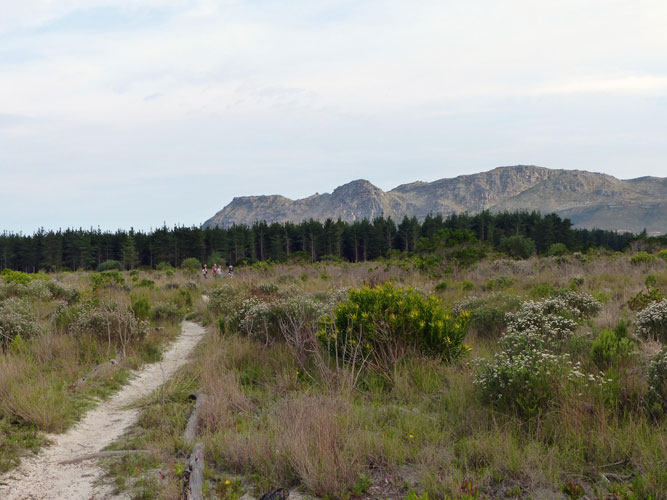
by Zoë Poulsen - Cape Town Botanist | Sep 6, 2016 | Cape Flats Sand Fynbos, Cape Floristic Region, Cape Peninsula, Conservation, Endangered Species, Fynbos
This week the normally quiet Cape Town suburb of Tokai has been the centre of attention. It has made front page news in the papers and social media has been buzzing. Placard waving protestors, their families and their dogs lined the side of Orpen Road with residents queuing to sign petitions. Tears have been shed and emotions have been running high.

by Zoë Poulsen - Cape Town Botanist | Jul 28, 2016 | Botanic Gardens, Fynbos
Notes from a Cape Town Botanist was born on a bench on a cold spring day at London’s Royal Botanic Gardens Kew, inspired by the prominent botanist, conservationist and author Sara Oldfield, then Secretary General of Botanic Gardens Conservation International. The blog was started with an aim to communicate to the world in a way accessible to all about the international importance of South Africa’s Cape Floristic Region (CFR). It also reports on the conservation challenges the CFR faces and the vital work of those striving for a better understanding and to conserve it for the future.






